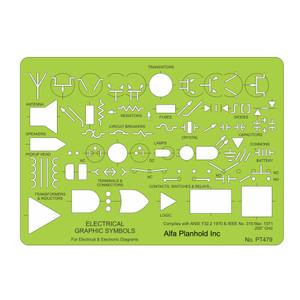Isometric piping templates are invaluable tools in the field of engineering and construction. They enable professionals to create accurate, three-dimensional representations of complex piping systems, ensuring efficient planning, precise installation, and effective maintenance. In this comprehensive guide, we will delve into the world of isometric piping templates, exploring their importance, creation process, and practical applications.
Understanding Isometric Piping Templates
An isometric piping template is a graphical representation of a piping system in three dimensions, using a series of geometric shapes and symbols. It provides a clear, scaled view of pipes, fittings, valves, and other components, allowing engineers and technicians to visualize the entire system at a glance. This visual clarity is crucial for designing, fabricating, and assembling piping systems accurately.
Importance of Isometric Piping Templates
Precision and Accuracy: Isometric templates ensure that every component's size and position are represented accurately. This precision is essential for preventing errors in the fabrication and installation phases.
Efficient Planning: Engineers can plan complex piping layouts more efficiently using isometric templates, optimizing material usage, and minimizing costs.
Clarity in Communication: Isometric drawings serve as a universal language in the engineering and construction industry, facilitating effective communication among team members, contractors, and clients.
Safety: Detailed isometric templates help identify potential safety hazards early in the design phase, enabling necessary modifications to ensure a safe working environment.
Creating an Isometric Piping Template
Creating an isometric piping template involves several steps:
Gather Information: Collect all relevant information, including piping specifications, materials, and system requirements. This forms the foundation of your template.
Select Scale: Choose an appropriate scale for your template. Common scales are 1:10, 1:20, or 1:50, depending on the complexity of the system and the size of the paper.
Layout Design: Begin by drawing the piping layout using basic geometric shapes, with each shape representing a specific component (e.g., a rectangle for pipes, circles for valves).
Add Annotations: Label each component with relevant information, such as dimensions, material types, and flow direction. Use standardized symbols and abbreviations for consistency.
Color Coding: Consider using color coding to differentiate between various elements, making it easier to identify pipes, valves, and fittings.
Include Isometric Grid: Draw an isometric grid in the background to maintain the correct perspective and proportions.
Review and Revise: Carefully review the template for accuracy and completeness. Make necessary revisions to ensure it accurately represents the piping system.
Practical Applications of Isometric Piping Templates
Engineering Design: Isometric templates are a fundamental tool for engineers during the design phase, helping them visualize and optimize piping systems.
Construction: Contractors use isometric templates to guide the installation of piping systems, ensuring they match the design specifications.
Maintenance and Repairs: Maintenance teams rely on isometric templates to identify components and plan repairs or replacements quickly.
Training and Education: Isometric templates are valuable teaching aids for training new engineers and technicians in understanding complex piping systems.
Documentation: Isometric drawings serve as crucial documentation for compliance, auditing, and future reference.
For More Info:-
Architecture Tools For Drawing
Drafting Table With Parallel Bar






Comments